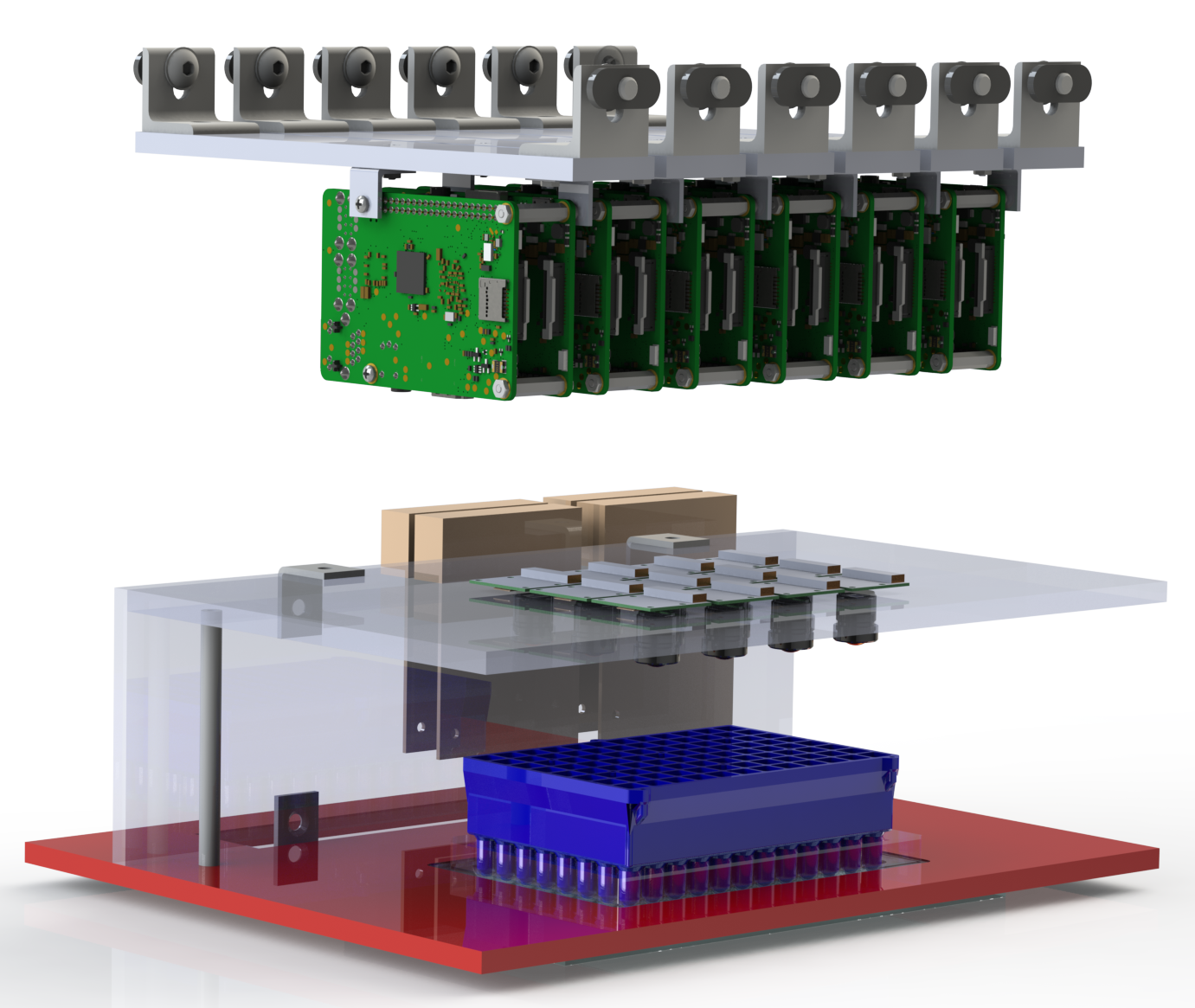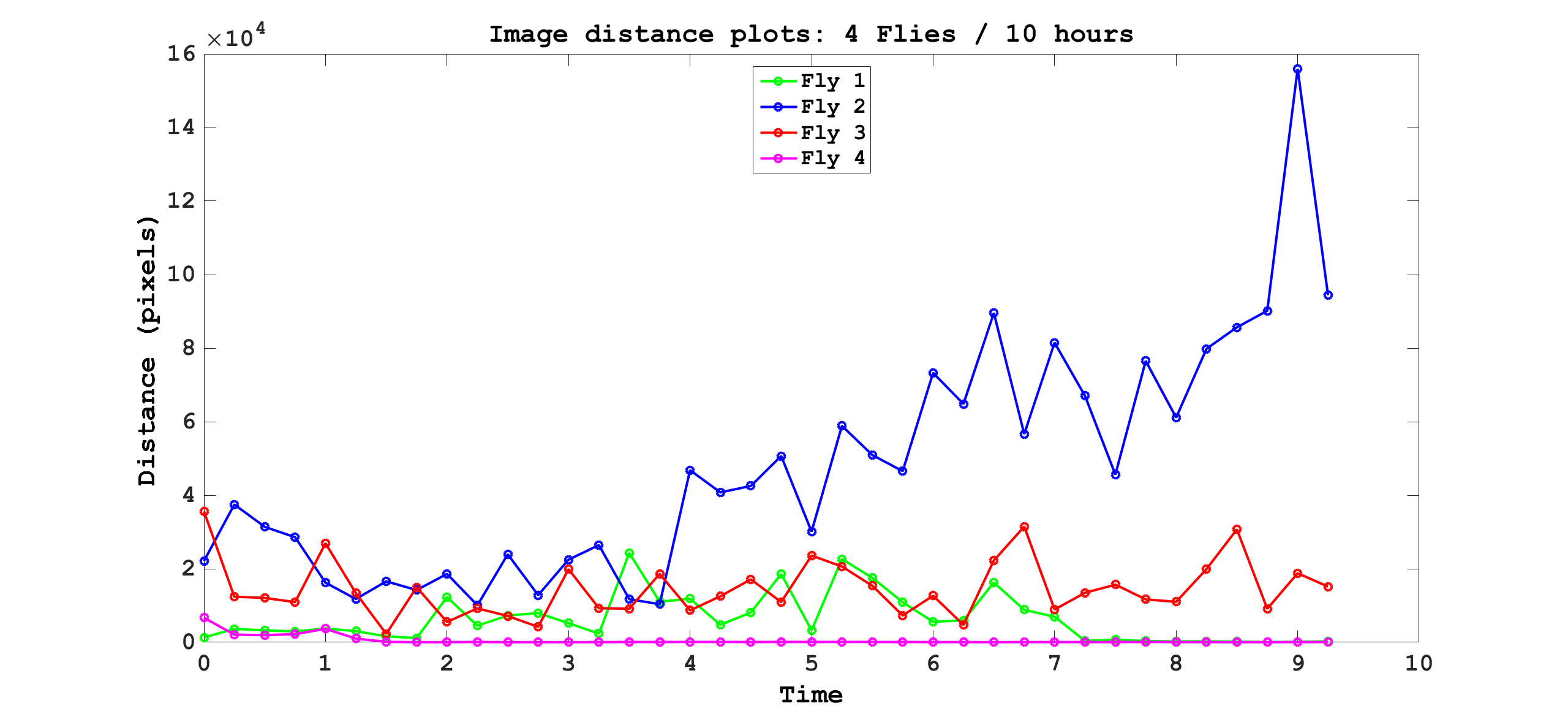Collaborators
Project Brief
Over the past decade, there has been a growing interest in the development of monitoring devices and automated systems for detecting behavioral changes in D. melanogaster in response to different stimuli, aiming to reduce the cost and duration of standard assays. The measures derived from automated monitoring systems aid in phenotyping transgenic Drosophila, understanding molecular bases of disease, and assessing efficacy of new drugs, ultimately accelerating development of novel therapeutic treatments and targeted medicine. Currently employed methods can monitor several flies in a single vial or a height-limited flat volume, both of which are relatively low-throughput and unsuitable for scaling up to support large or multiple studies. Therefore, in collaboration with NIDDK and NHLBI, SPIS engineers are designing and implementing a novel monitoring system focused on advancing high-throughput automated activity assessment of Drosophila. Designed around a standard 96-well plate, widely used in high-throughput analysis, the video-based system will report on the activity of each fly within each well. Algorithmic extensions will allow monitoring of group-housed flies in a single, possibly expanded, well. The custom hardware/software system will provide an open-source, easy-to-use platform for NIH researchers, as well as the outside scientific community, to conduct high-throughput Drosophila activity profiling necessary for a wide-range of applications (e.g., drug efficacy, circadian rhythm studies, phenotyping).


